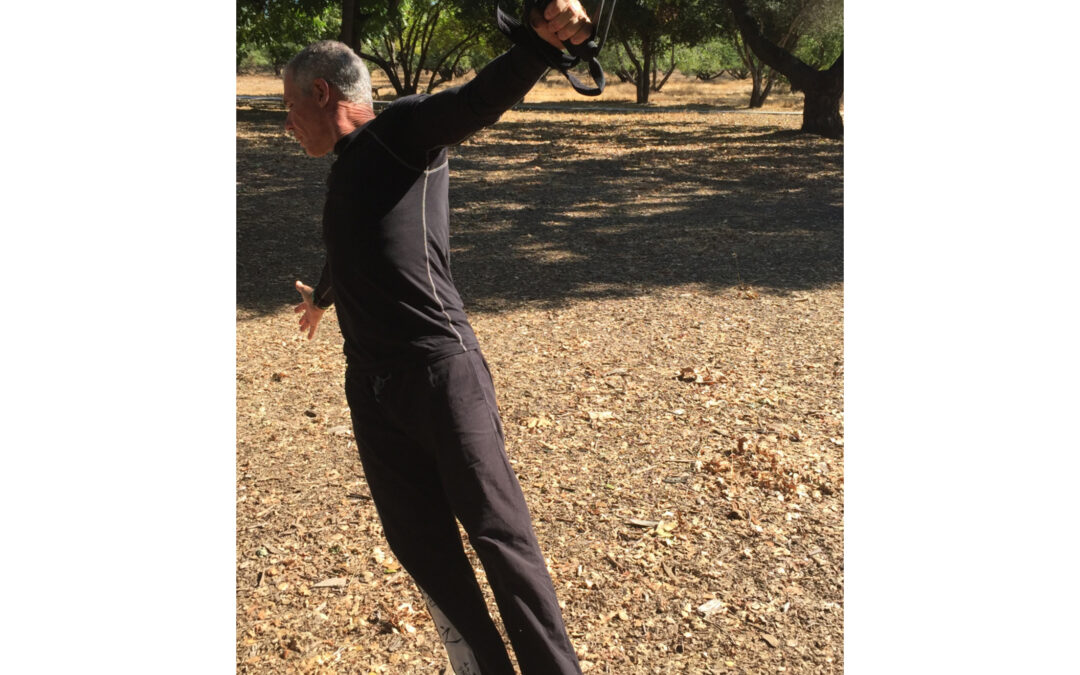Low back pain and dysfunction can significantly impact an athlete’s performance and overall quality of life, especially as they age.
Several factors can contribute to these issues, including injuries, sciatica, lumbar spinal stenosis, muscle compensations, and structural imbalances.
In this blog post, we will explore the common causes and symptoms of these conditions and discuss holistic methods that can help alleviate pain and restore improved function.
Causes and Symptoms of Low Back Pain and Dysfunction
- Injuries: Sports-related injuries, such as muscle strains, ligament sprains, or herniated discs, can lead to low back pain. These injuries can occur due to overuse, improper technique, or accidents during training or competition. Symptoms may include localized pain, stiffness, muscle spasms, and limited range of motion.
- Sciatica: Sciatica occurs when the sciatic nerve, which runs from the lower back down the legs, becomes compressed or irritated. This can cause radiating pain, numbness, tingling, or weakness in the lower back, buttocks, and legs. Sciatica can be caused by herniated discs, spinal stenosis, or muscle imbalances that put pressure on the nerve.
- Lumbar Spinal Stenosis: Lumbar spinal stenosis is a condition characterized by the narrowing of the spinal canal in the lower back. This can put pressure on the spinal cord and nerves, leading to pain, numbness, weakness, and difficulty walking or standing for extended periods. Structural imbalances and degenerative changes in the spine can contribute to this condition.
- Muscle Compensations and Imbalances: Early specialization in sports or repetitive movements can lead to muscle compensations and imbalances. Imbalances in muscle strength, flexibility, and coordination can put excessive stress on the lower back, leading to pain and dysfunction. Length-tension discrepancies in different muscle chains can also contribute to low back issues.
- Structural Foundation and Integration: Weakness and misalignment in the structural foundation of the body can contribute to low back pain and dysfunction. Improper training and conditioning without proper adaptations and recovery can lead to imbalances in the kinetic chain, affecting the stability and function of the lower back.
Holistic Methods for Pain Relief and Improved Function
- The Eldoa Method by Guy VOYER DO: The Eldoa Method is a series of postural exercises designed to decompress and restore balance to specific spinal segments. By creating tension in targeted areas, this method helps alleviate pain, improve joint mobility, and enhance overall spinal health. It can also address muscle compensations and imbalances by promoting proper alignment and function.
- Foundation Training by Dr. Eric Goodman: Foundation Training focuses on strengthening the posterior chain muscles, including the back, glutes, and hamstrings. By improving posture, core stability, and movement patterns, this method helps alleviate low back pain and improve functional movement. It can also address structural imbalances and promote proper integration of the kinetic chain.
- The Feldenkrais Method by Moshe Feldenkrais: The Feldenkrais Method uses gentle movement and awareness exercises to improve body alignment, flexibility, and coordination. By enhancing body awareness and promoting efficient movement patterns, this method can help reduce pain and improve overall function. It can also address muscle compensations and imbalances by promoting proper movement mechanics.
- Dr. Stuart McGill: Dr. Stuart McGill is a renowned expert in spine biomechanics and rehabilitation. His approach focuses on core stability, proper movement mechanics, and specific exercises tailored to each individual’s needs. By addressing muscular imbalances and optimizing spinal mechanics, this method can help alleviate low back pain and improve function. It can also address structural imbalances and promote proper integration of the kinetic chain.
- Chiropractic Adjustments: Chiropractic adjustments involve manual manipulation of the spine to restore proper alignment and mobility. This can help alleviate pain, reduce inflammation, and improve nerve function. Chiropractic care can also address structural imbalances and promote proper integration of the kinetic chain.
- Acupuncture: Acupuncture involves the insertion of thin needles into specific points on the body to stimulate healing and restore balance. It can help reduce pain, inflammation, and muscle tension associated with low back issues. Acupuncture can also address muscle compensations and imbalances by promoting proper energy flow and restoring harmony in the body.
- MAT by Greg Roskofh: Muscle Activation Techniques (MAT) focus on identifying and correcting muscular imbalances that contribute to pain and dysfunction. By improving muscle function and stability, MAT can help alleviate low back pain and improve overall movement quality. It can also address muscle compensations and imbalances by promoting proper muscle activation and coordination.
- Z Health by Eric Cobb: Z Health is a neurologically-based training system that aims to optimize brain-body communication. By addressing sensory input, motor output, and visual processing, Z Health can help improve movement efficiency, reduce pain, and enhance overall performance. It can also address muscle compensations and imbalances by promoting proper neural integration and coordination..
In conclusion, low back pain and dysfunction in older athletes can be effectively addressed through holistic methods that target posture, movement patterns, muscular imbalances, structural imbalances, and neurological function.
By incorporating these approaches into your routine, you can find relief from pain, improve function, and continue to enjoy an active and fulfilling athletic lifestyle.
If you have any further questions or need more guidance, feel free to reach out. Wishing you a pain-free and active journey ahead!

